Photos by Bar Am-David, text by Bar Am-David and Eli Am-David.
Tel Aviv is divided into nine districts that grew up during the city’s short history. The most notable of these is Jaffa, the ancient port city out of which Tel Aviv grew. This area is traditionally made up of a greater percentage of Arabs but recent gentrification is attracting a young, professional population and Israelis.
The rational for visual Jaffa voyage lies in the social political background use of the photographs containing the cultural practices that emerge from the use of these images. Furthermore at the photographic journey I created a conceptual substructure for people to be involved and to take action upon the forgotten back yard of the main metropolitan in Israel.
The late modern history of Jaffa starts with the Ottoman conquest. Only in 1654 the “Latin hostel” was established by the order of the Franciscans, who were responsible for the affairs of the Christians in the Holy Land a few years earlier by 1642, an attempt was made to build a similar hostel entrance “cave” used to store the pilgrims until the arrival of officials from Ramle or Gaza. On a later stage they were established the Armenian monastery and the convent Greek – Orthodox who also served as hostels. Construction of these buildings was used as a lever to the reestablishment of a permanent settlement in Jaffa.
Beginning of the permanent settlement in Jaffa built friendly relations between the Ottoman Empire and France which influenced the increase in traffic of goods at the port. Thus we find in Jaffa in the settlement a variety of Muslims, Christians, European and few Jews.
General Napoleon Bonaparte who arrived in Jaffa on the third of March 1799 found a fortified city with a large garrison. Napoleon was able to capture the city on the seventh of March 1799, so he went north to Acre. He left in Jaffa the injured soldiers in the hospital that was set up in the Armenian monastery. He returned to Jaffa at the end of May 1799 when he retreated from Acre.
After the conquest of Jaffa there was a beginning of process of re-construction and production by the local ruler Mohammed Abu sprout and with the help of the British army led by General Sidney Smith. In 1820 Jaffa Khaled estate was founded by a Jewish Rabbi Isaiah Ag’imn Istanbul that marks the beginning of renewed Jewish community in Jaffa.
In 1831, the army of Muhammad Ali conquered Jaffa as the rest of the Land of Israel. Ten-year reign in Jaffa established around the city’s neighborhoods with Egyptian characteristics. In 1840, Jaffa returns to Ottoman rule and the city and the port continue to evolve and grow. Outside Jaffa’s neighborhoods were created. First of all, the Americans built the “Church of the messiah” (1866) that was sold to the Germans by leaving Jaffa to the Templers who continue to use the American colony in homes they themselves built.
In the years to come the City of Jaffa continues to grow in all directions. The inhabitants make the port a main orange marketing export centre under the brand “Jaffa oranges”. New Jewish neighborhoods such as Neve Tzedek (1887), Neve Shalom (1890) were established. A new paved railroad track to Jerusalem was inaugurated in 1892.
In 1900 was laid the cornerstone of the famous clock tower of Jaffa marking 25 years to the rise to power of Sultan Abdul Hamid II. In 1909 at the northern part of Jaffa was founded the first Jewish independent neighborhood called Achuzat Bayit which eventually becomes the first quarter of the first Jewish city named Tel Aviv. As a result of the 1948 independence war the two cities of Jaffa and Tel Aviv were united to one of the two main metropolitan cities, including Jerusalem, in Israel.
As to my personal response in which these images increasingly rivals the normative world and in which these photographs should be instrumental in shaping our collective and individual conceptions of reality. The Voyage to Jaffa means to inspire and motivate the public and support any opinion that will emphasize actual aspects within the social and the political conflict that surround Jaffa as a micro cosmos of the Middle East regional conflict. The collection of Jaffa photographs aim to present the diversity, the complexity of the different societies and its inhabitants by showcasing some mainstream and some alternative images.
In my opinion, the cultural landscape of Jaffa must engage the viewers emotions on multiply levels, and the viewer should be a real partner in a holistic outlook of the several photographs. The photographic art as shown partly in this voyage has the ability to put through a visual complex throughout time and different lifestyles.
In my mind’s eye, it seems to be required to create multiply visual modes that sometimes are not acceptable by the mainstream of society. It also enables us to show a wide spectrum of emotions and mental states. Jaffa is a typical micro cosmos of this spectrum. I know from a personal experience that a subjective view of photographic art is unavoidable.
However I tried to convey to the viewer a complete portfolio of images and hidden messages to produce identity and involvement. Furthermore by offering materials reflecting visual culture in human geography as well as cultural memory and visual activism I hope to evoke a deep and honest public awareness.
This special photography experience serves as a basic media tool and as a language of art in an ongoing social dialog. It also enables us to show a wide spectrum of emotions and mental states in an immigration oriented and multicultural country. The photographic journey through Jaffa highlights the power of symbols skillfully and wisely.
Such photographic works can encourage directly or indirectly a social public discourse and shedding light on potential actual solutions.
Jaffa is the most celebrated place in Israel, where Israelis and Arabs live in peace together despite the conflict. My purpose was to examine the lifestyle of this particular place and to look at how ordinary people survive in their extraordinary circumstances. These photographs do not pose solutions but serve as a reminder of enduring spirit through the most challenging adversity.
For more information and photos, please visit Bar Am-David website.

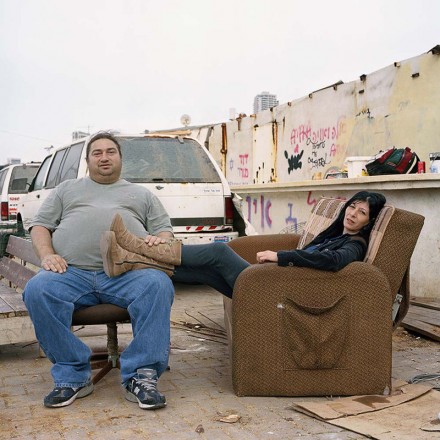
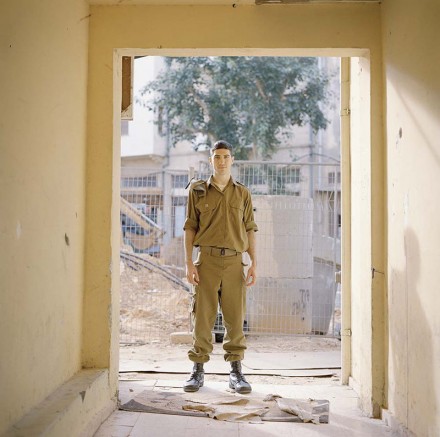
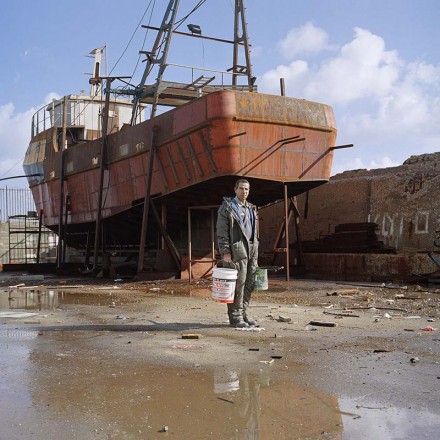
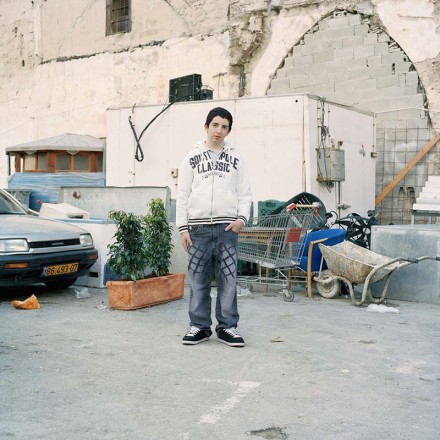
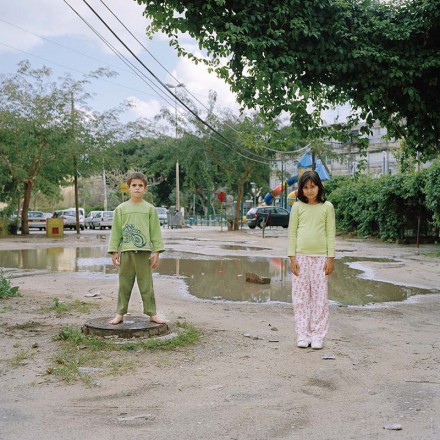
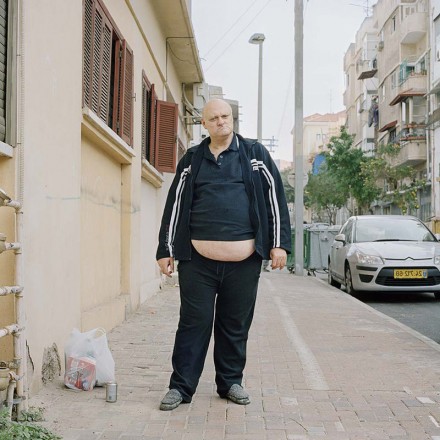
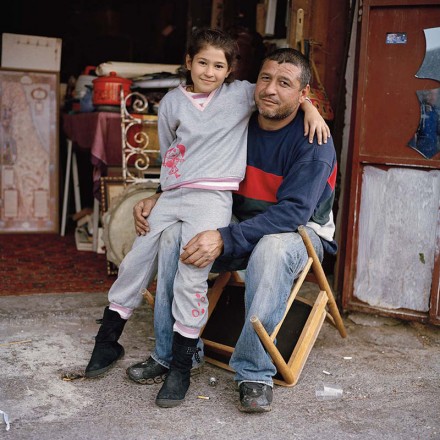
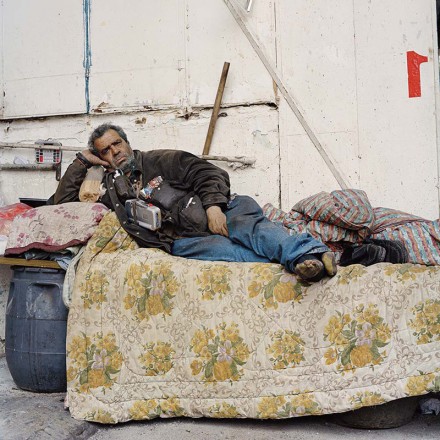
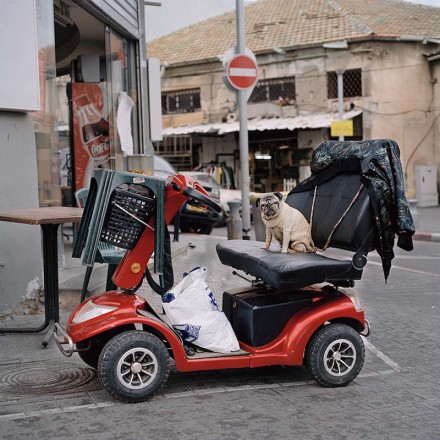
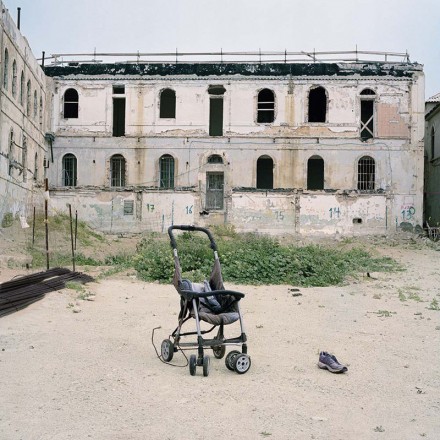
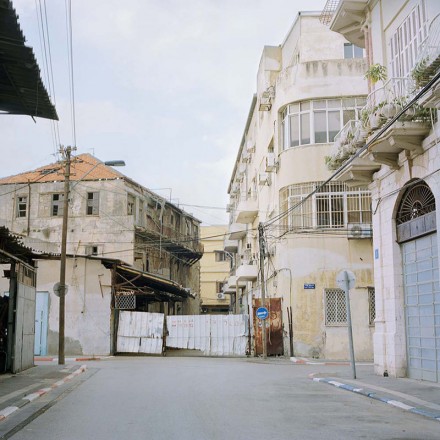
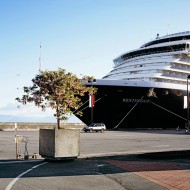
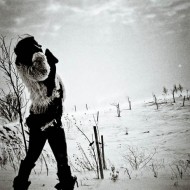
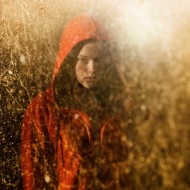
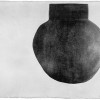
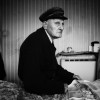





























You can also subscribe to this post comments RSS feed.